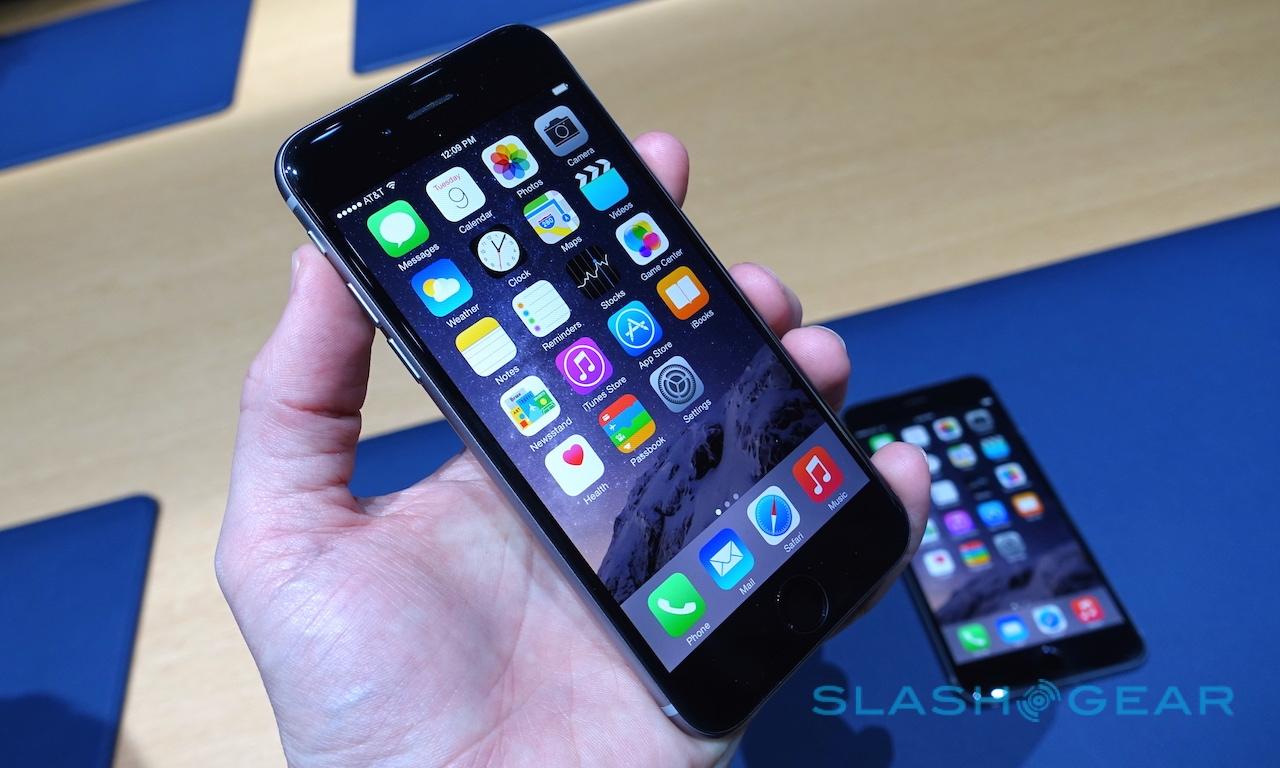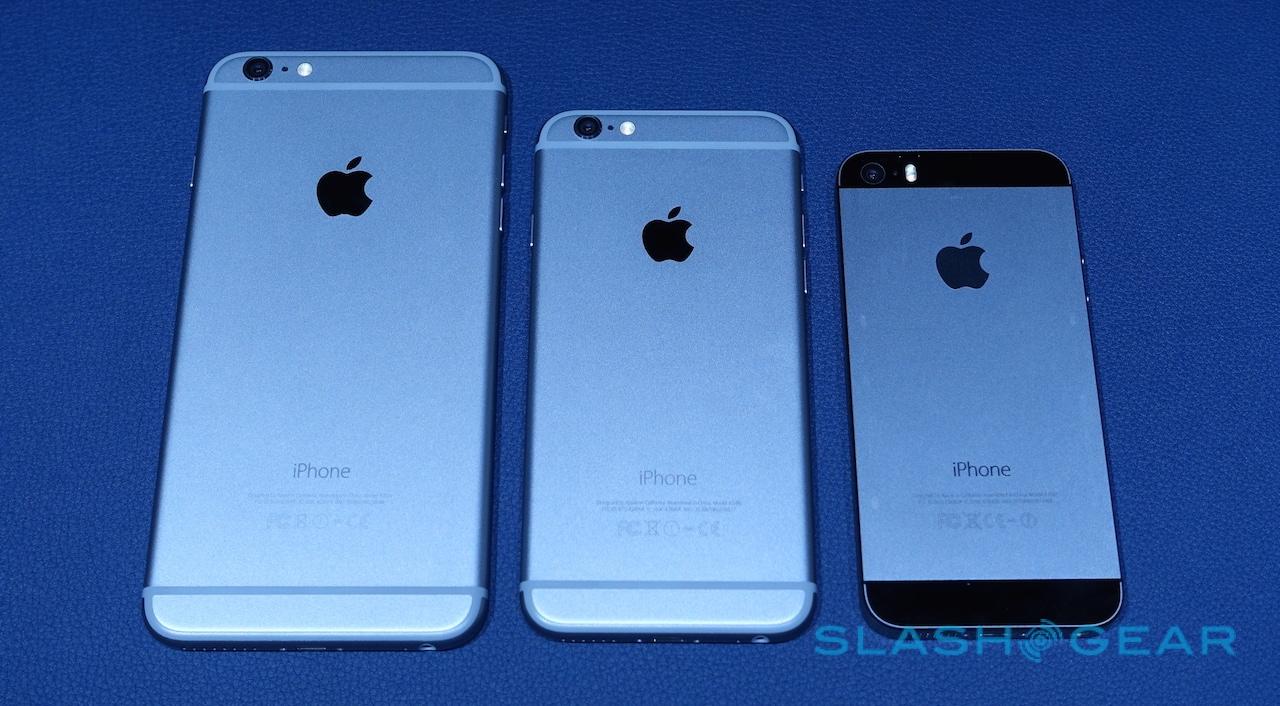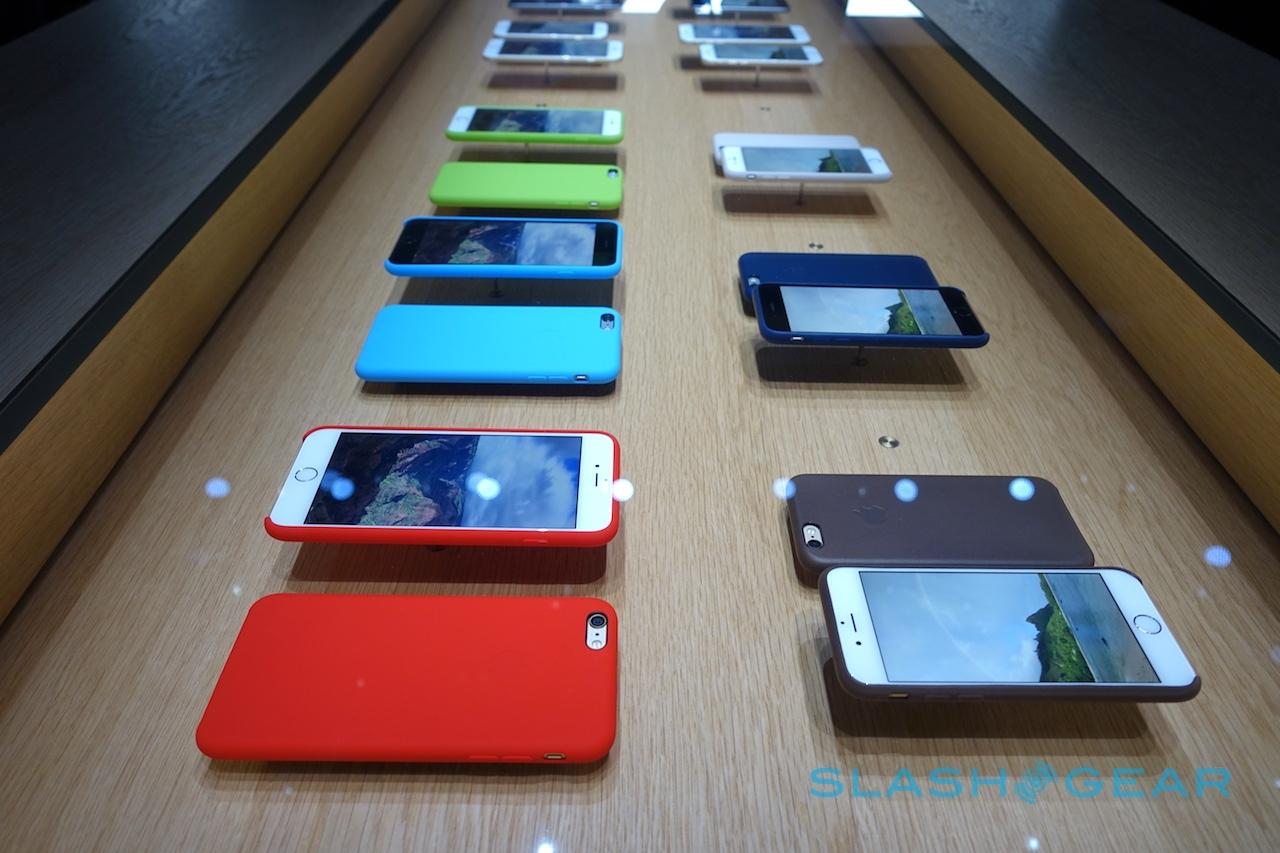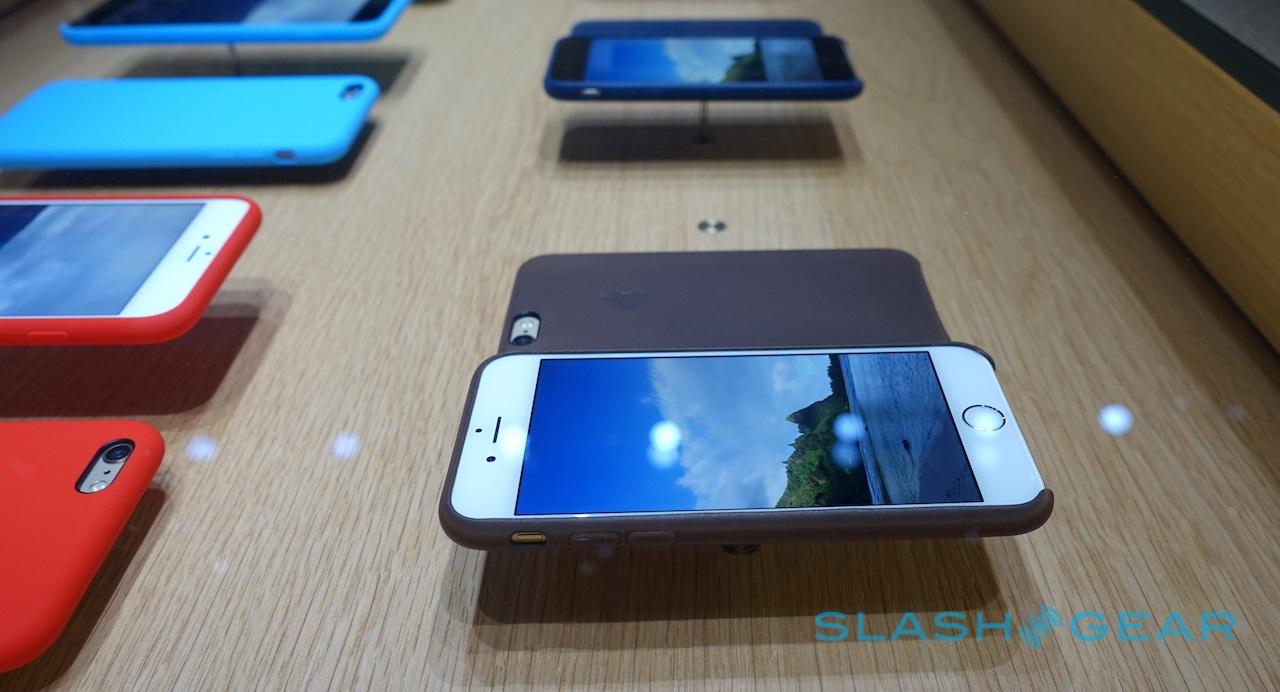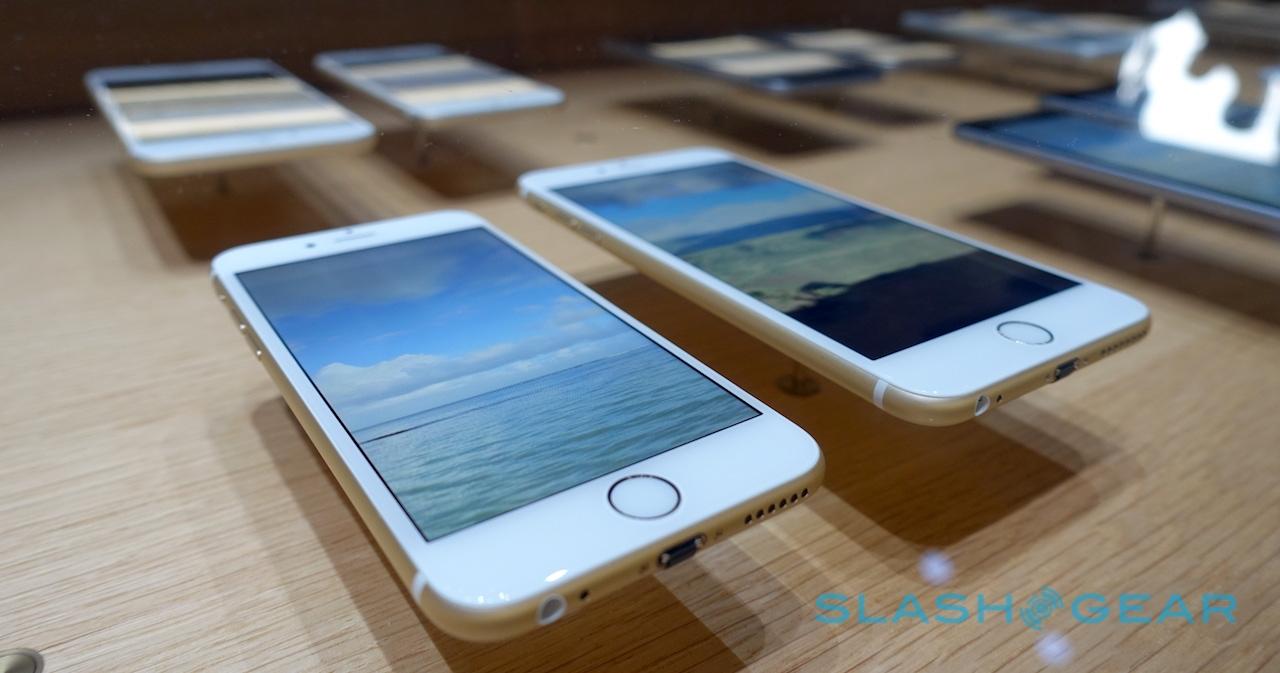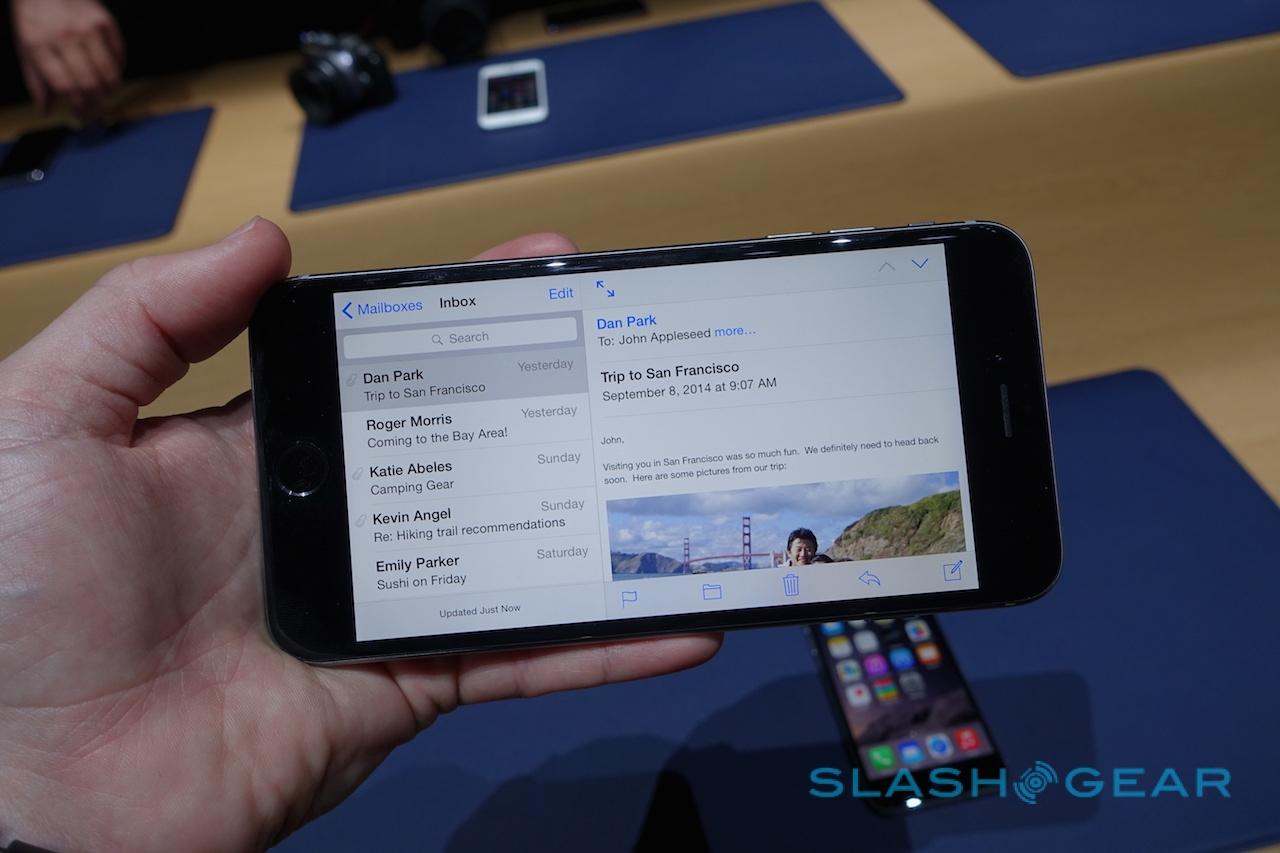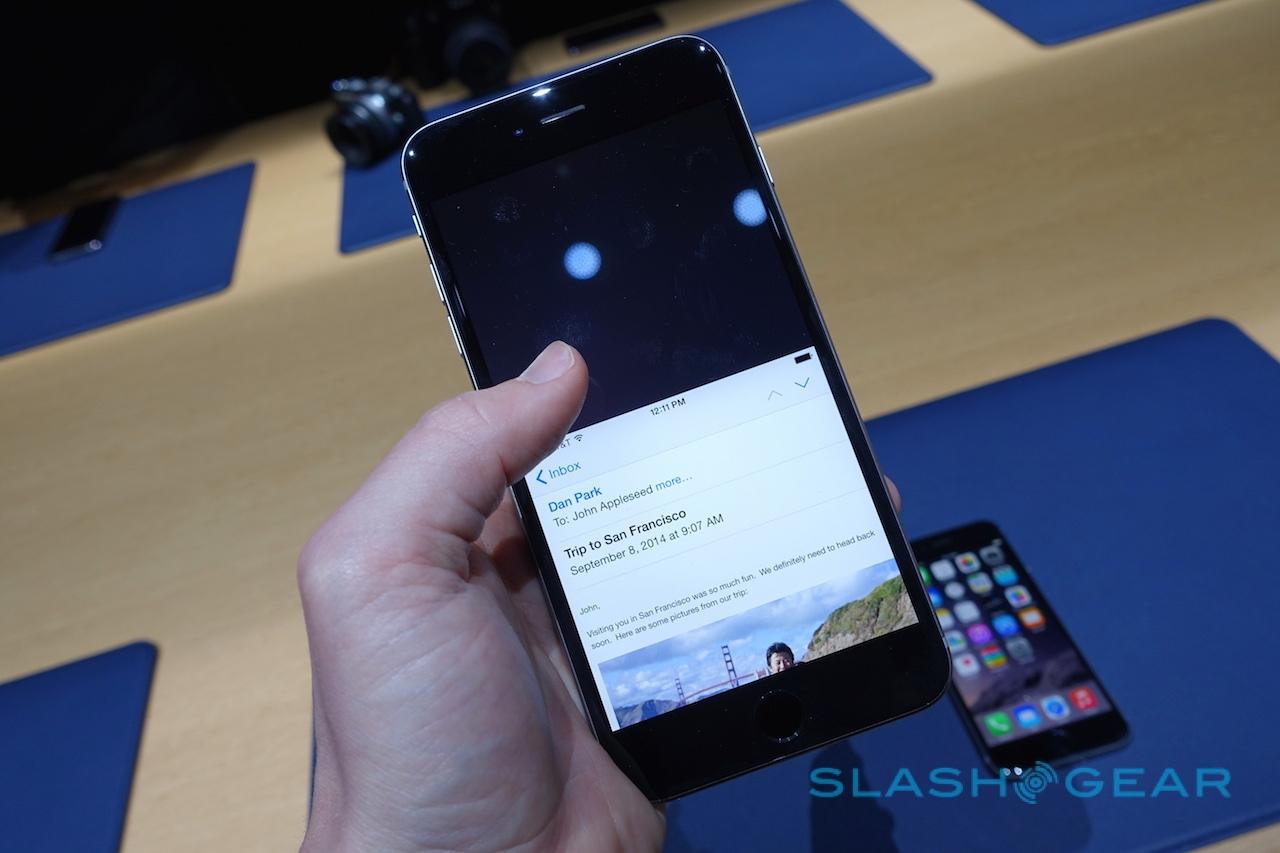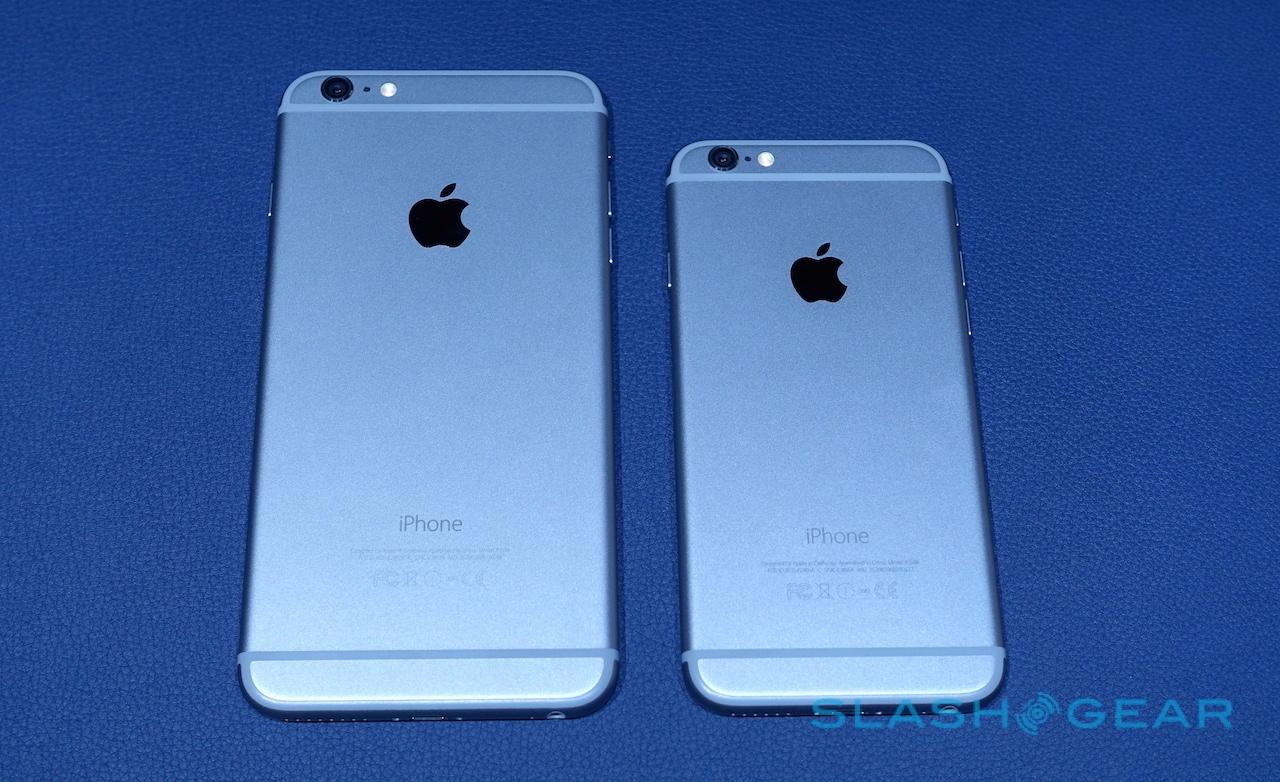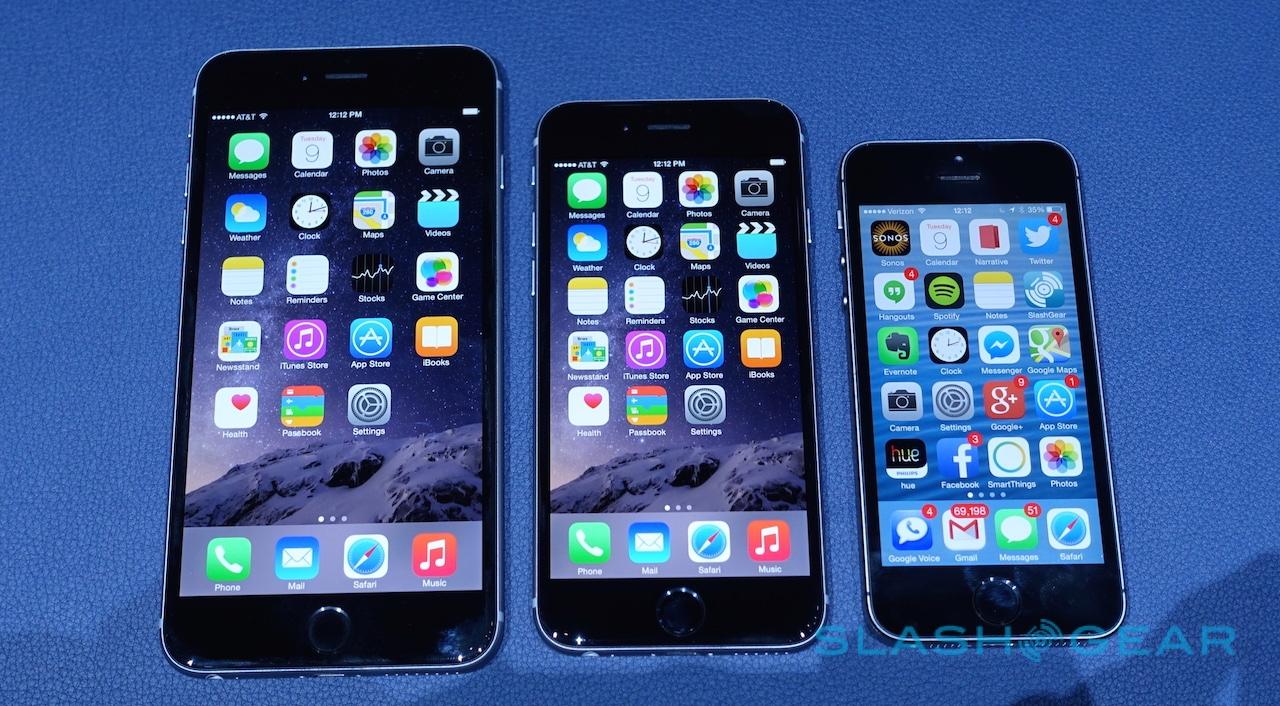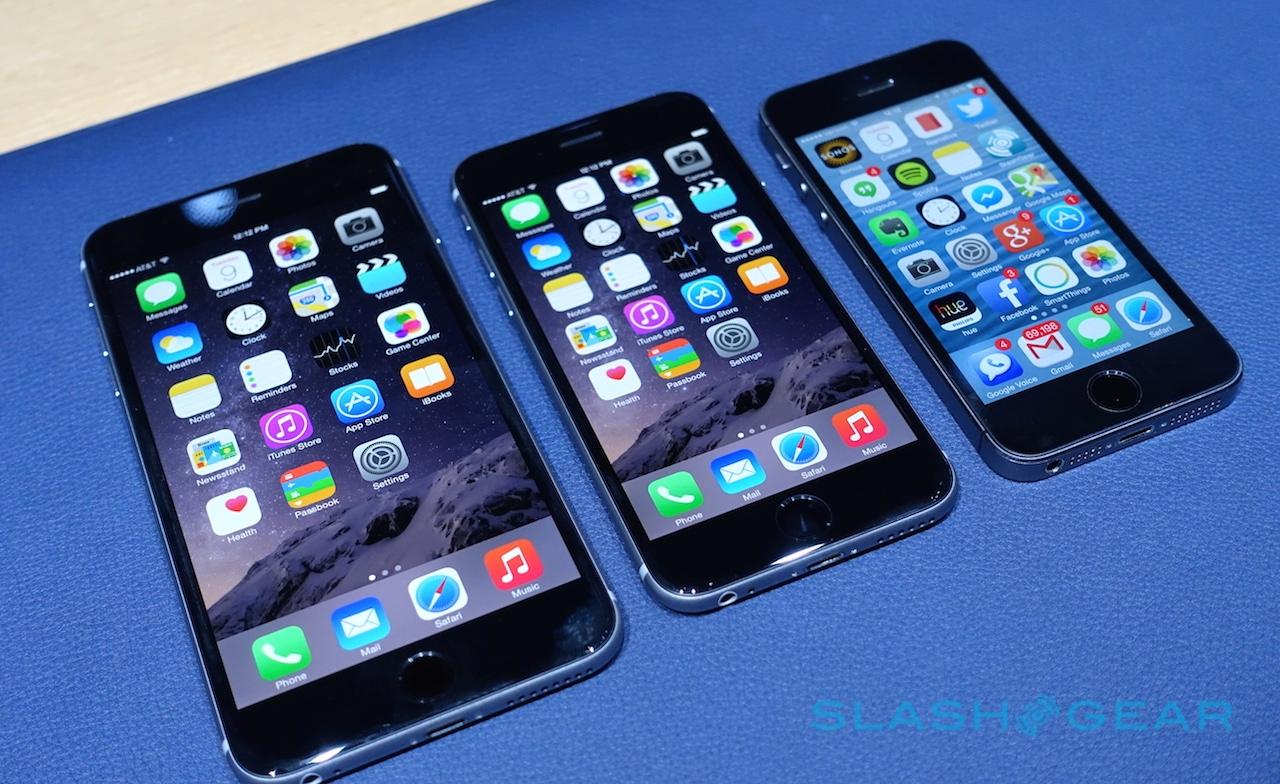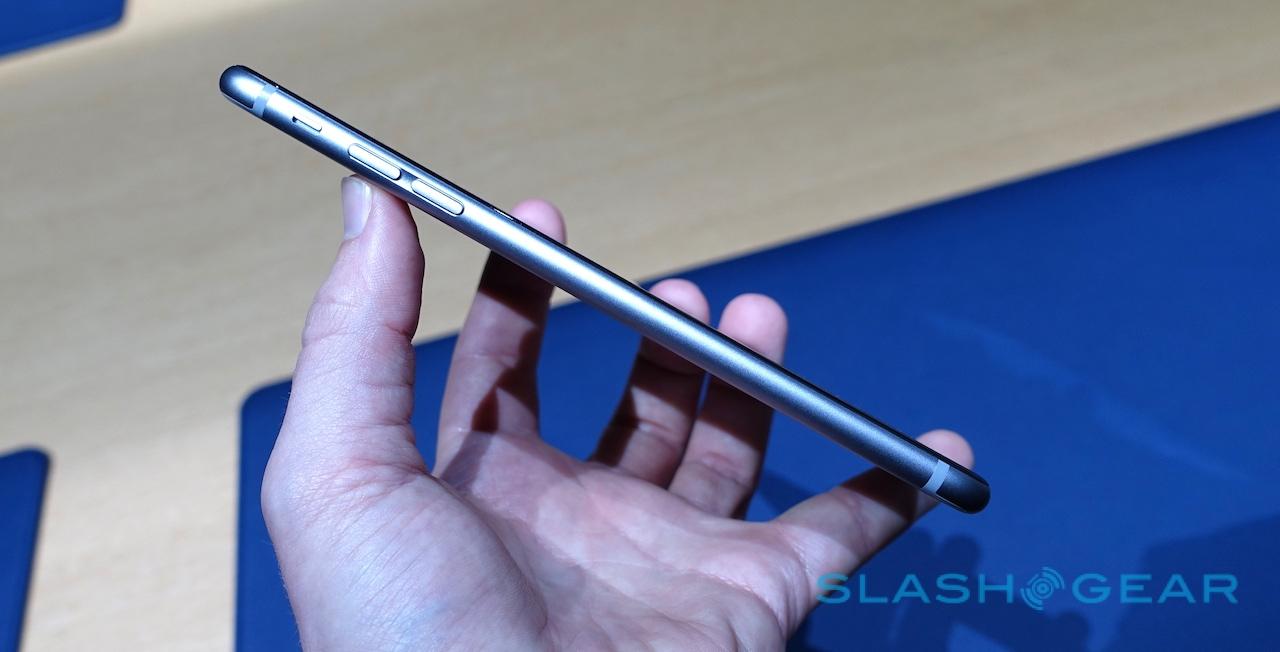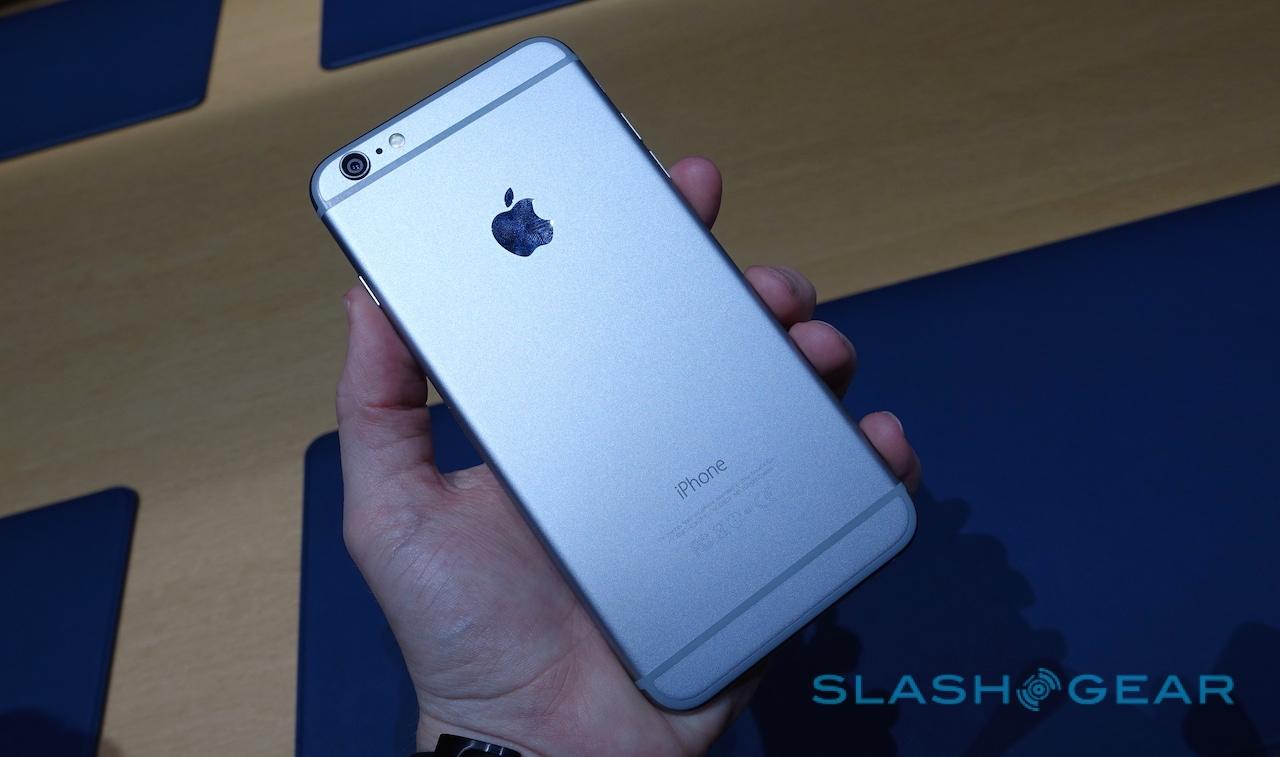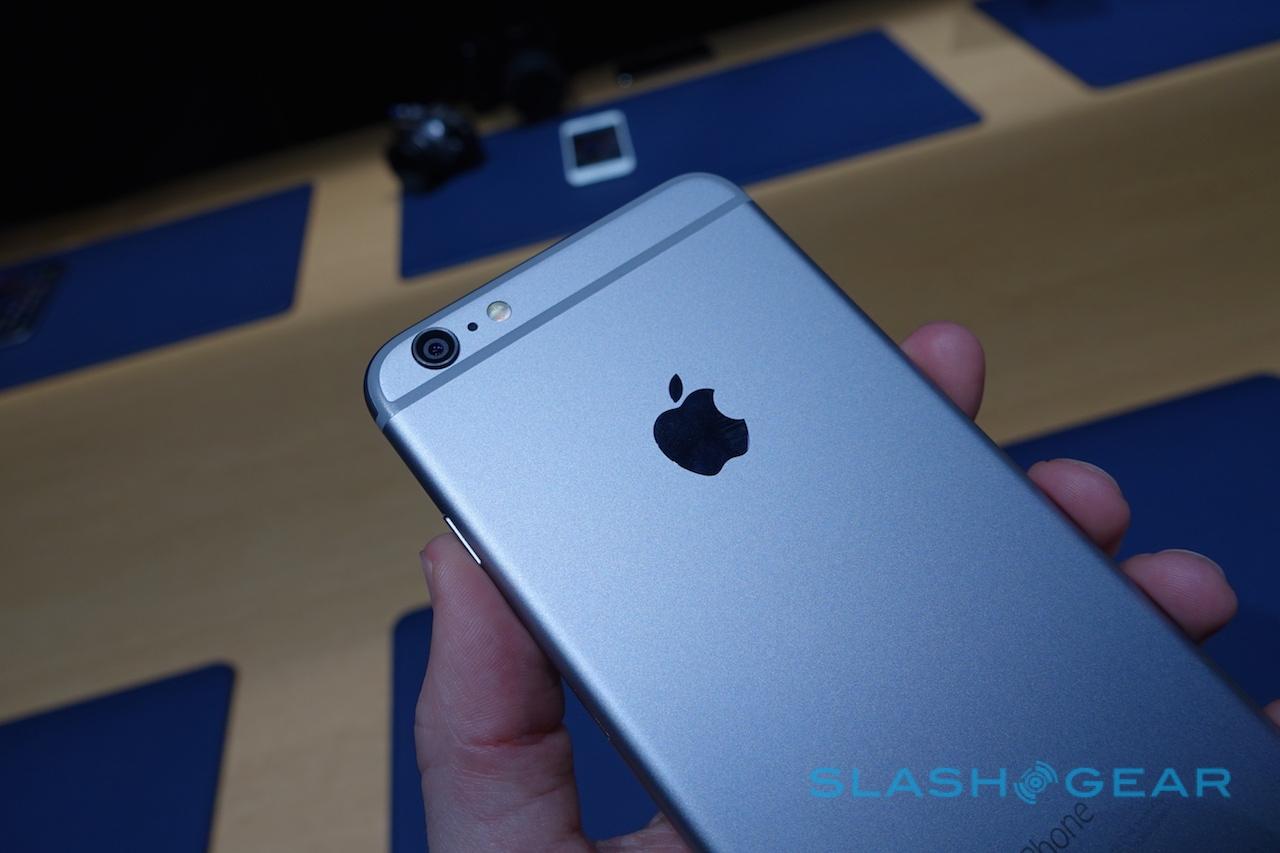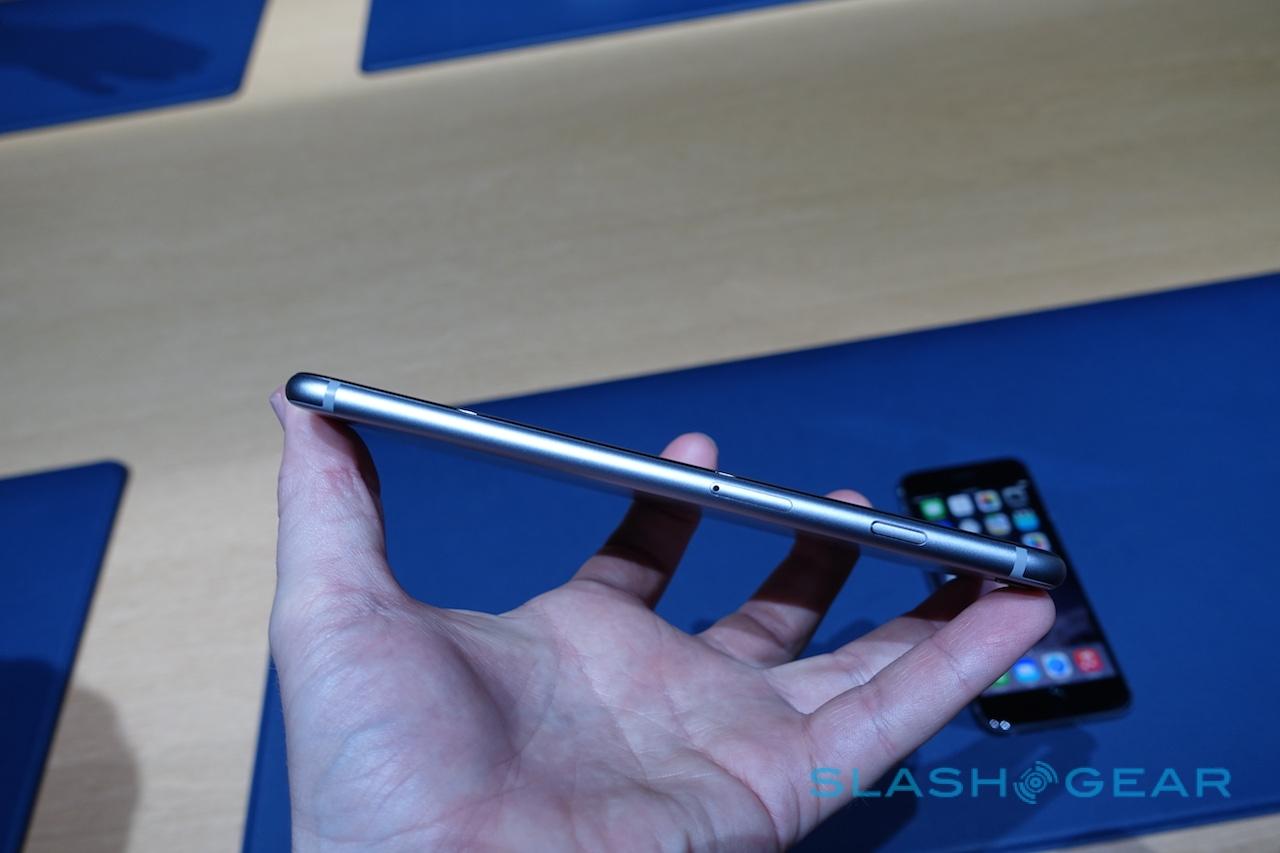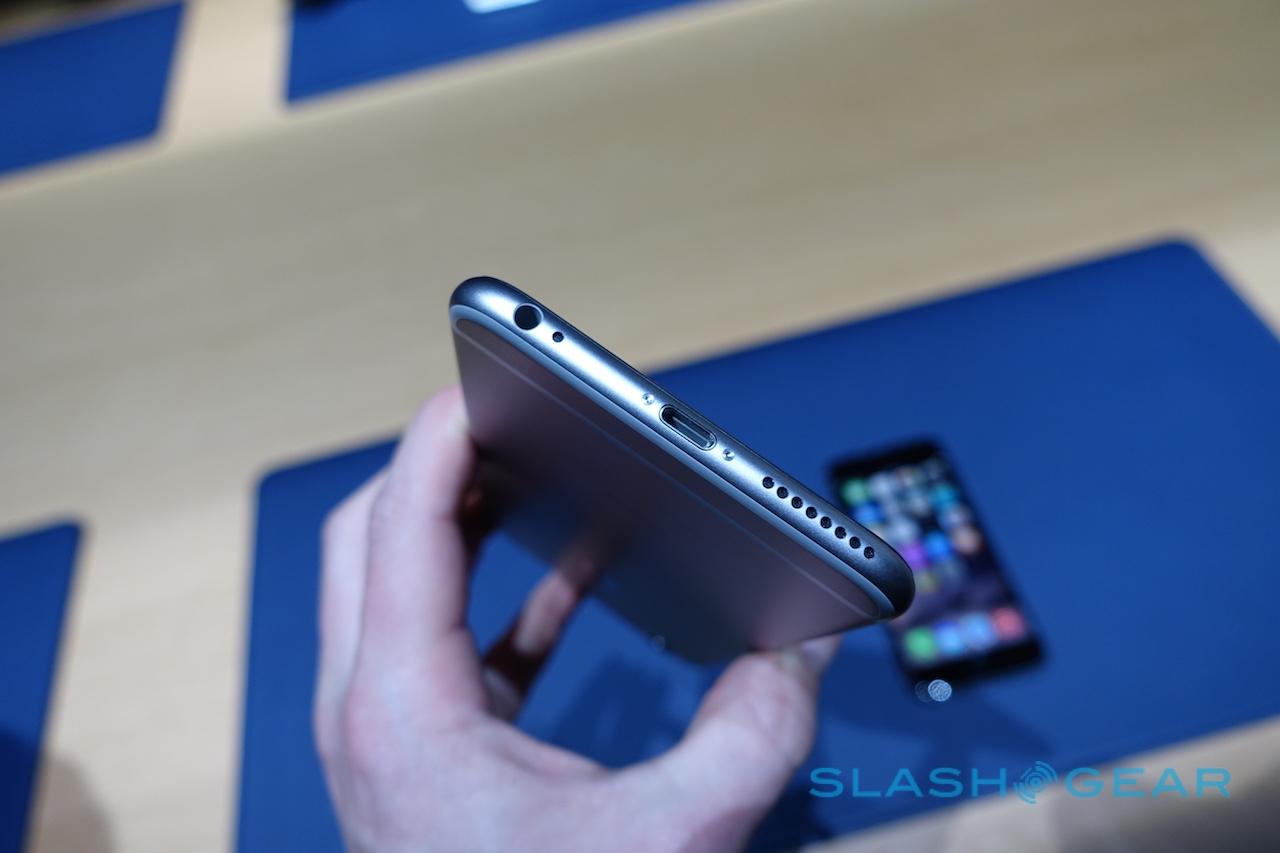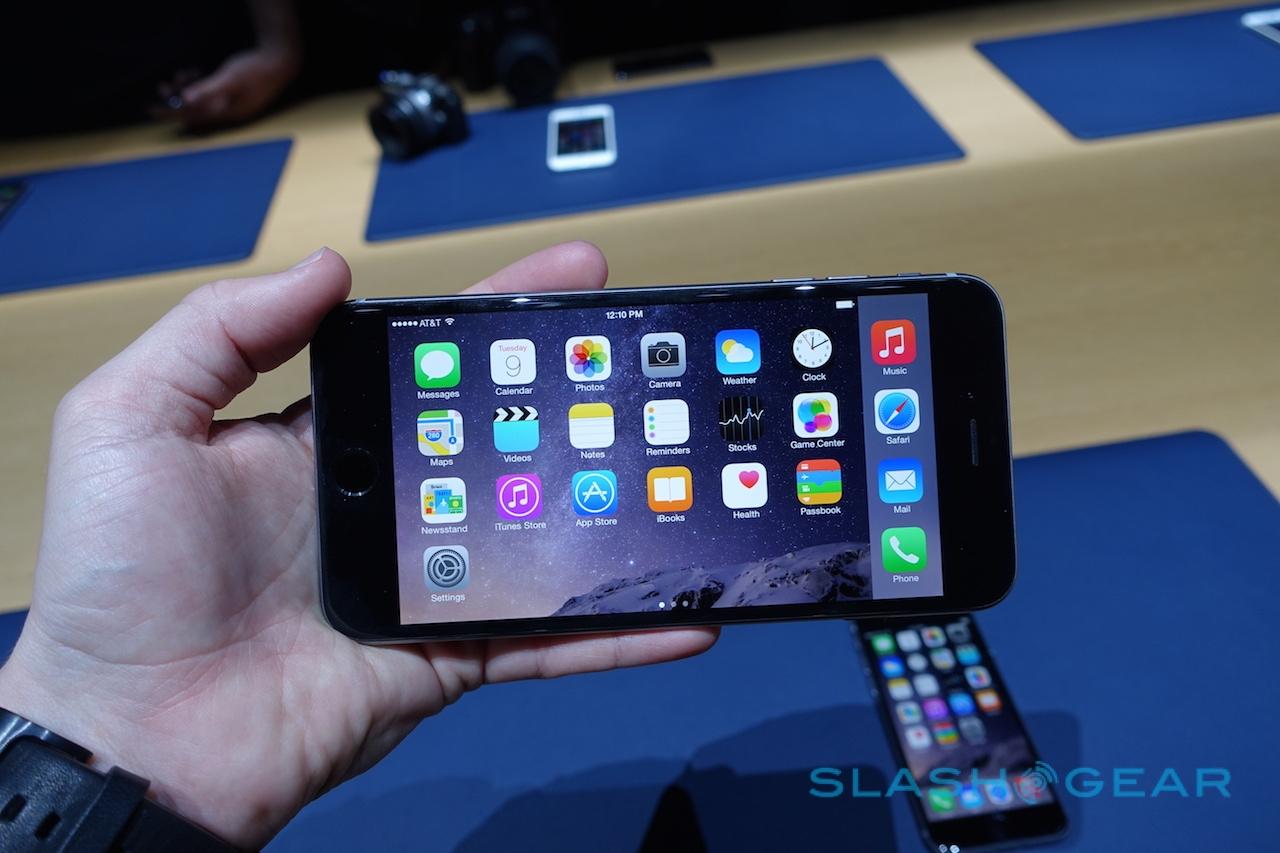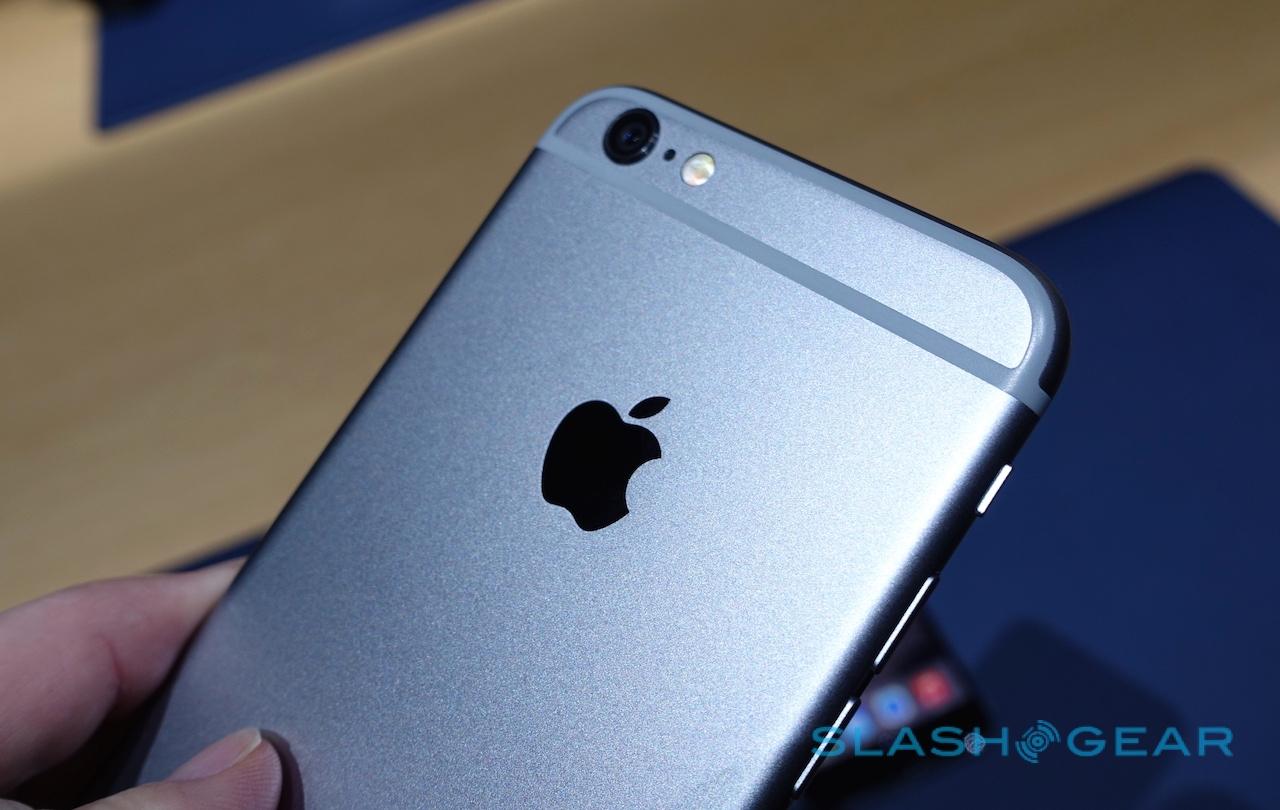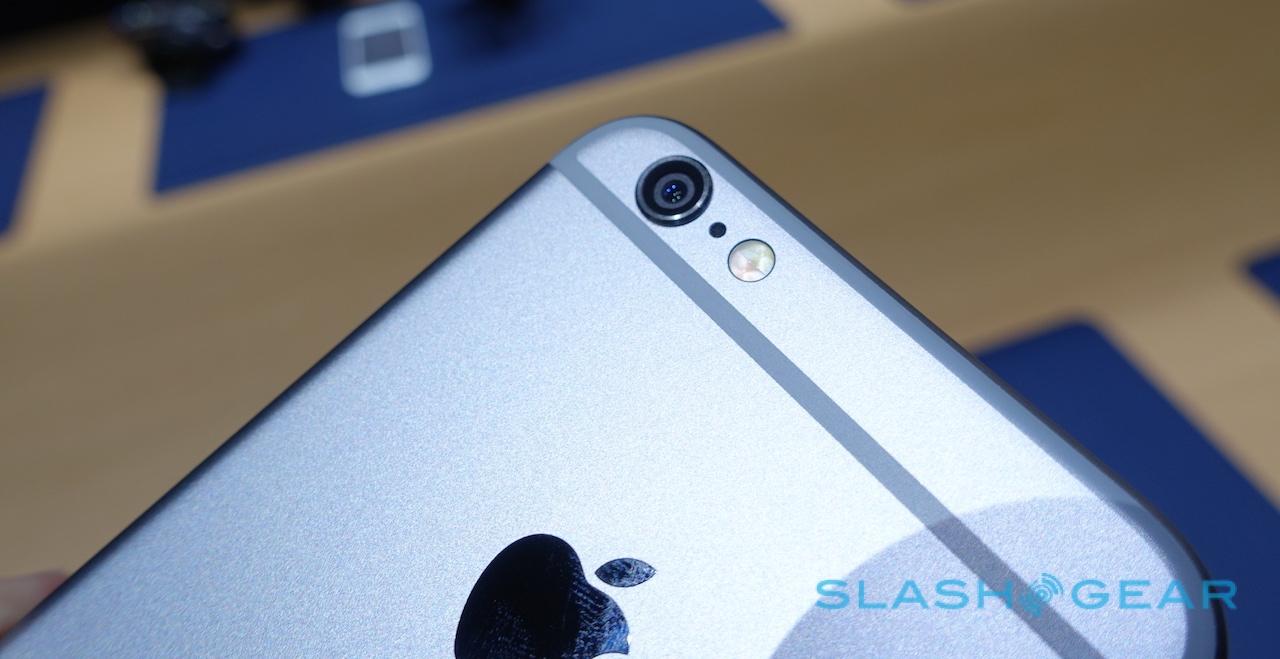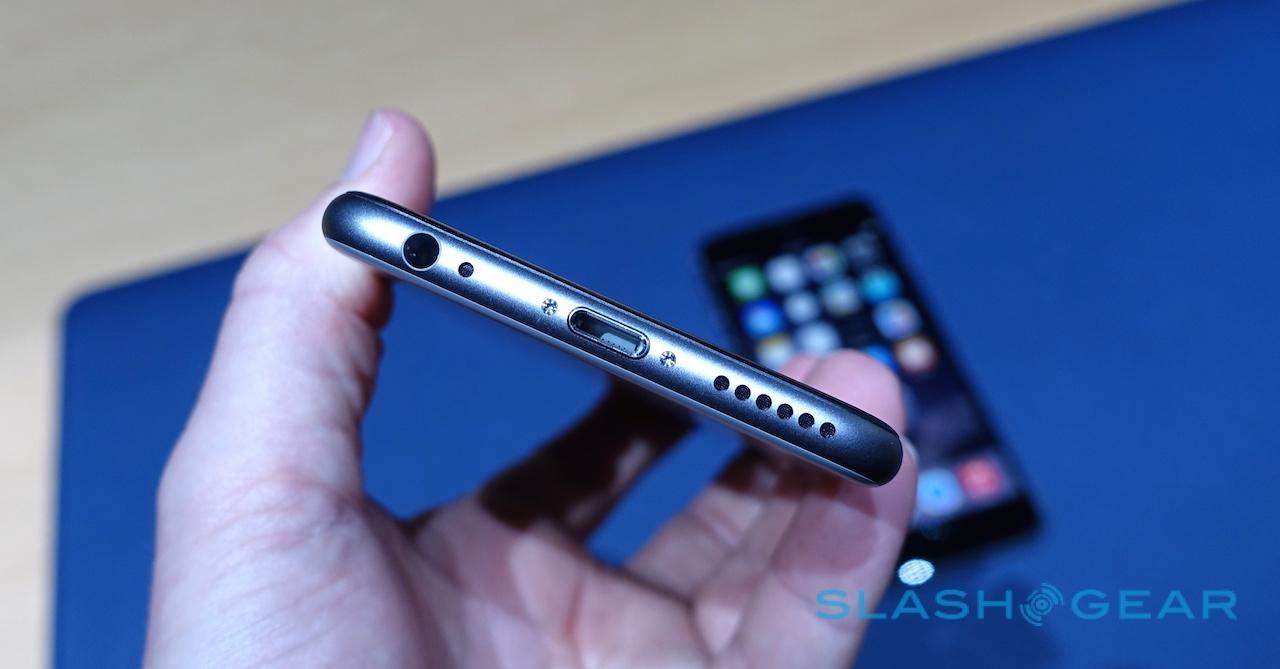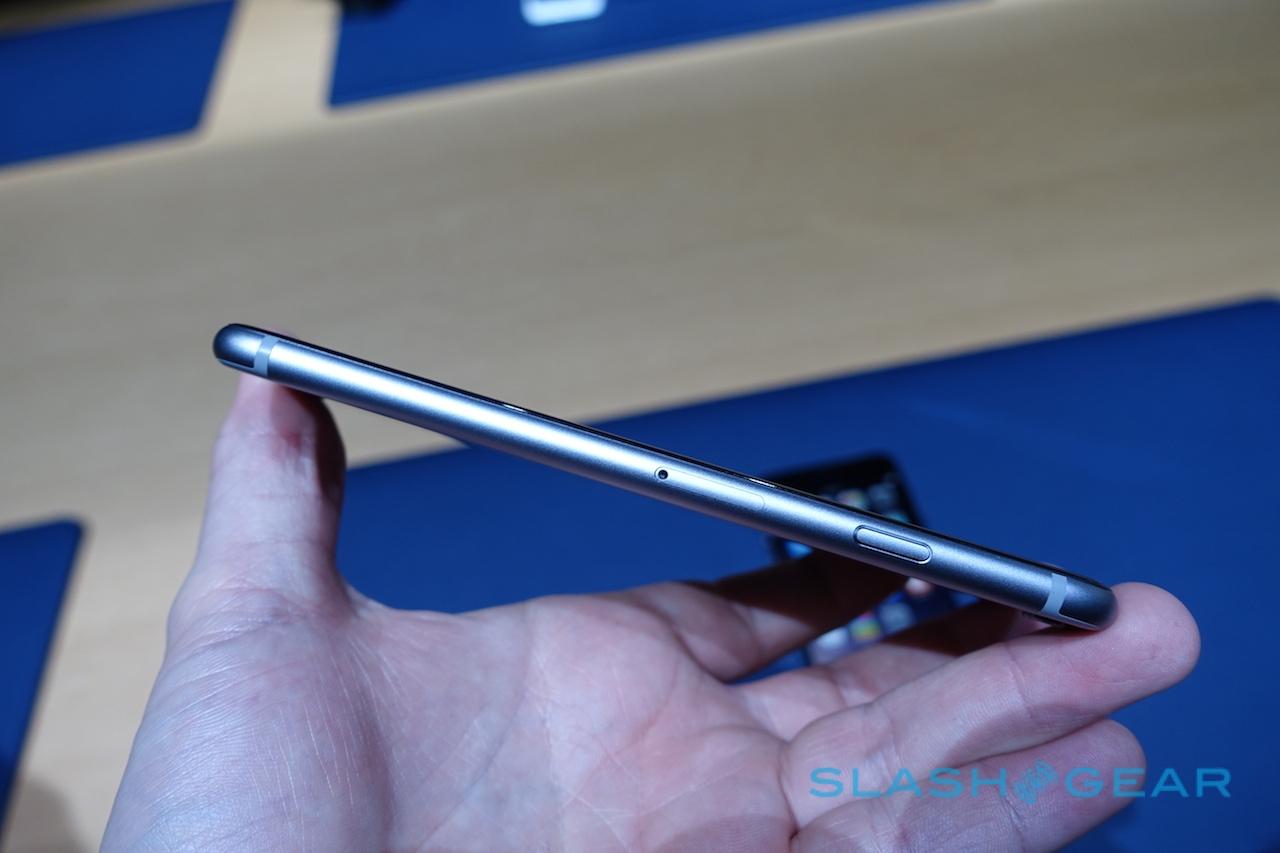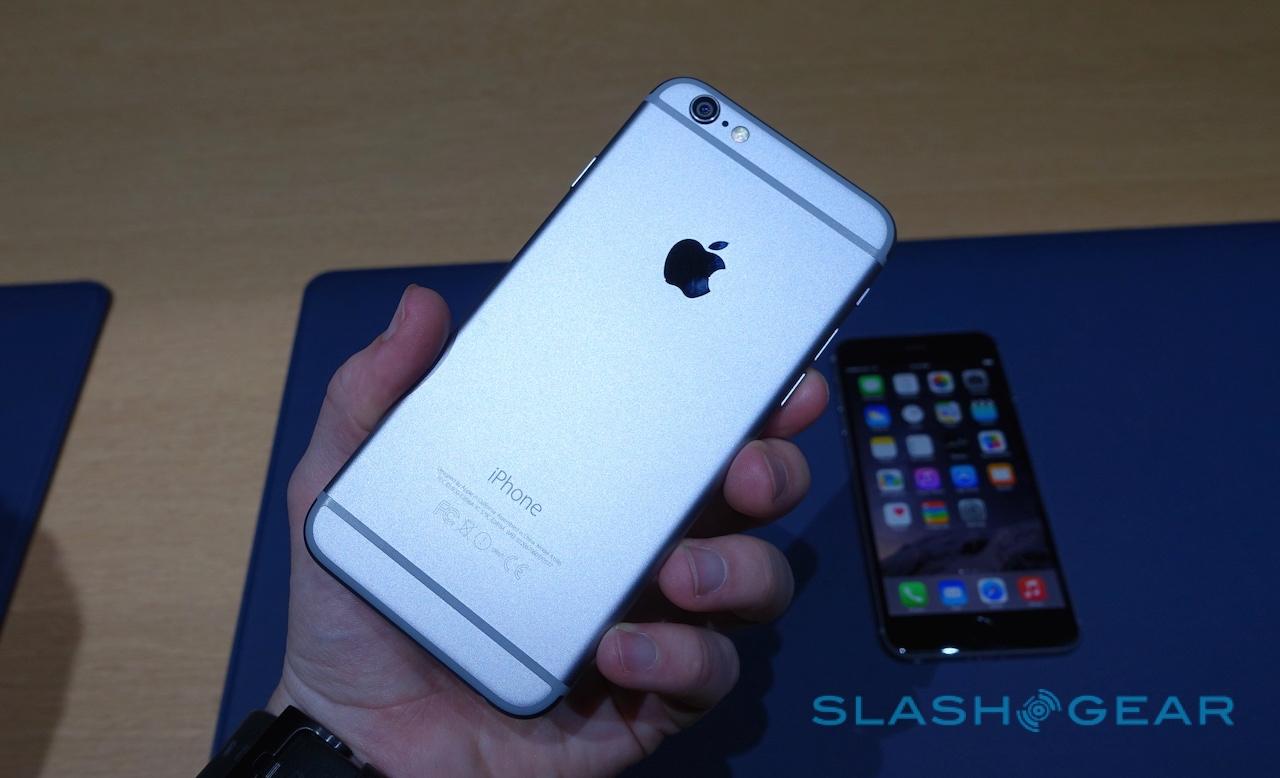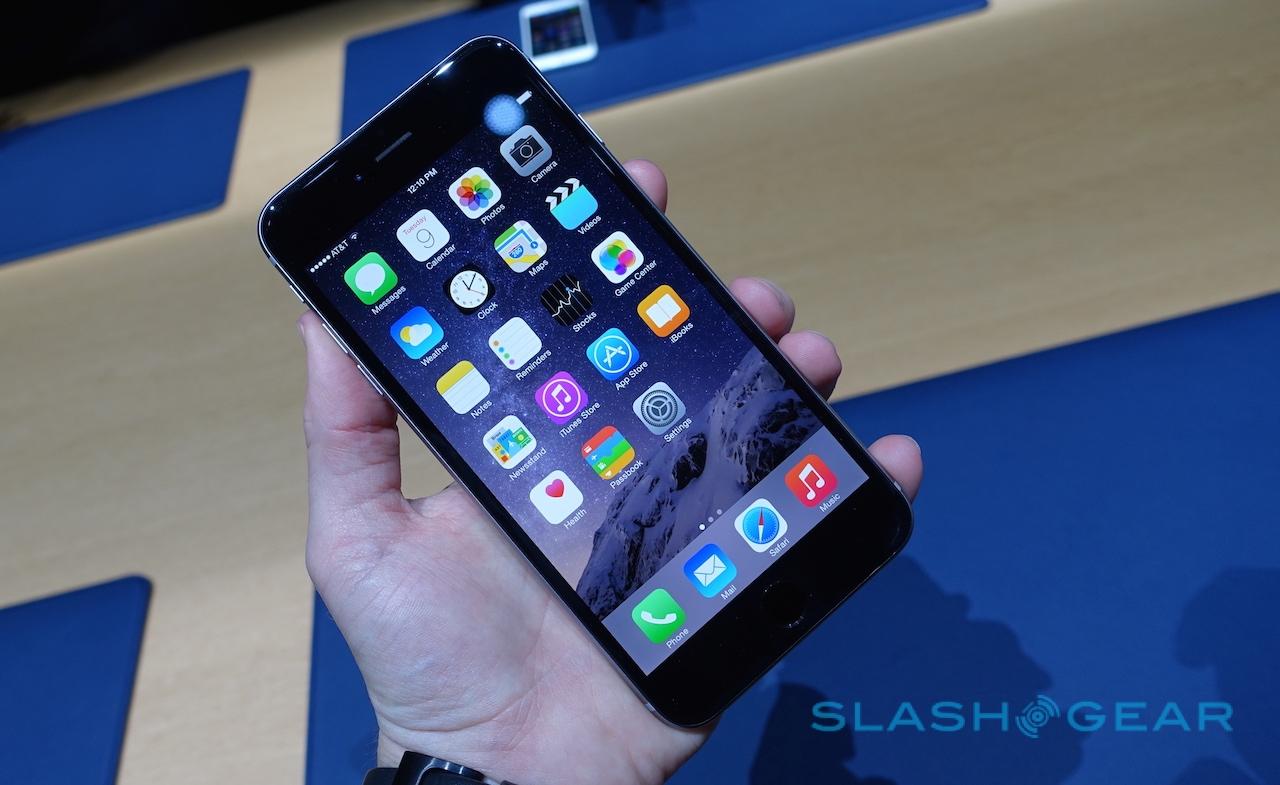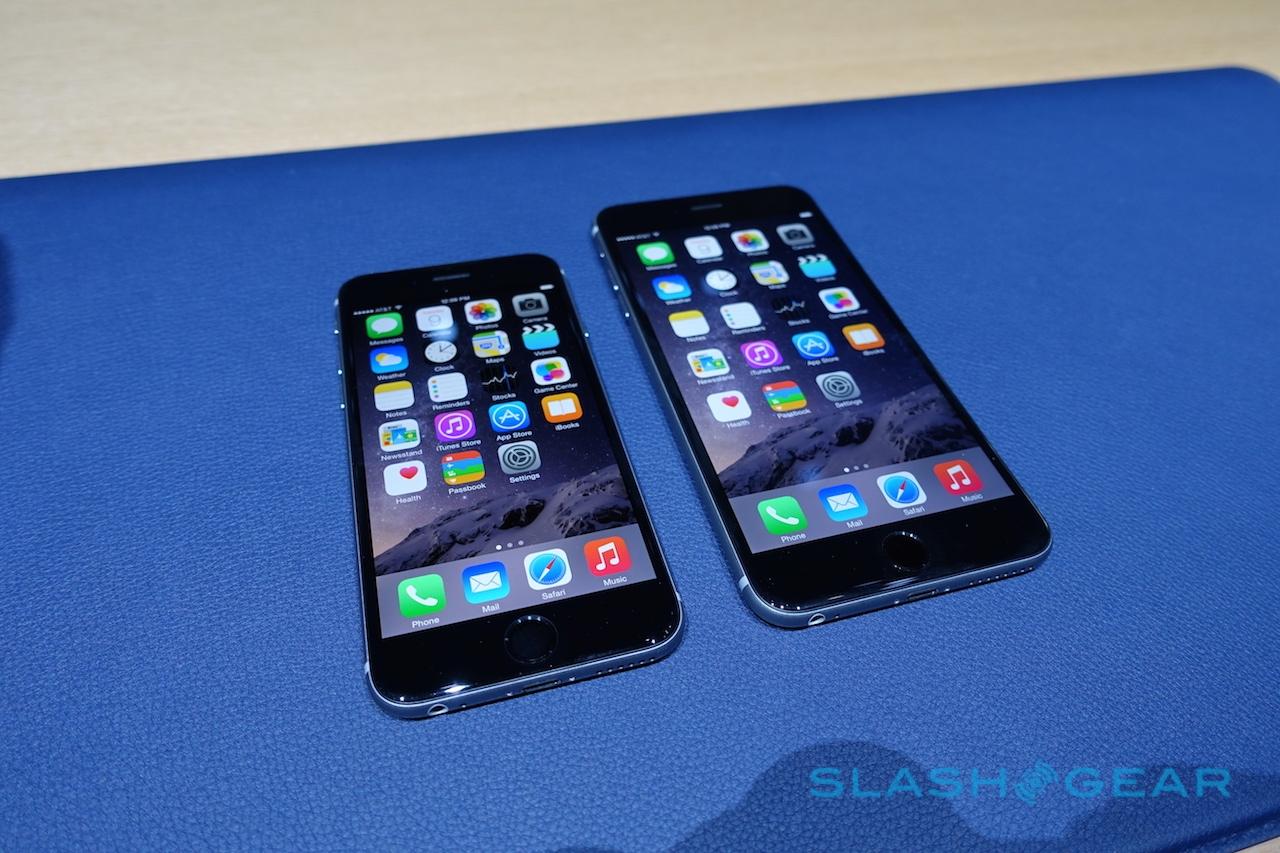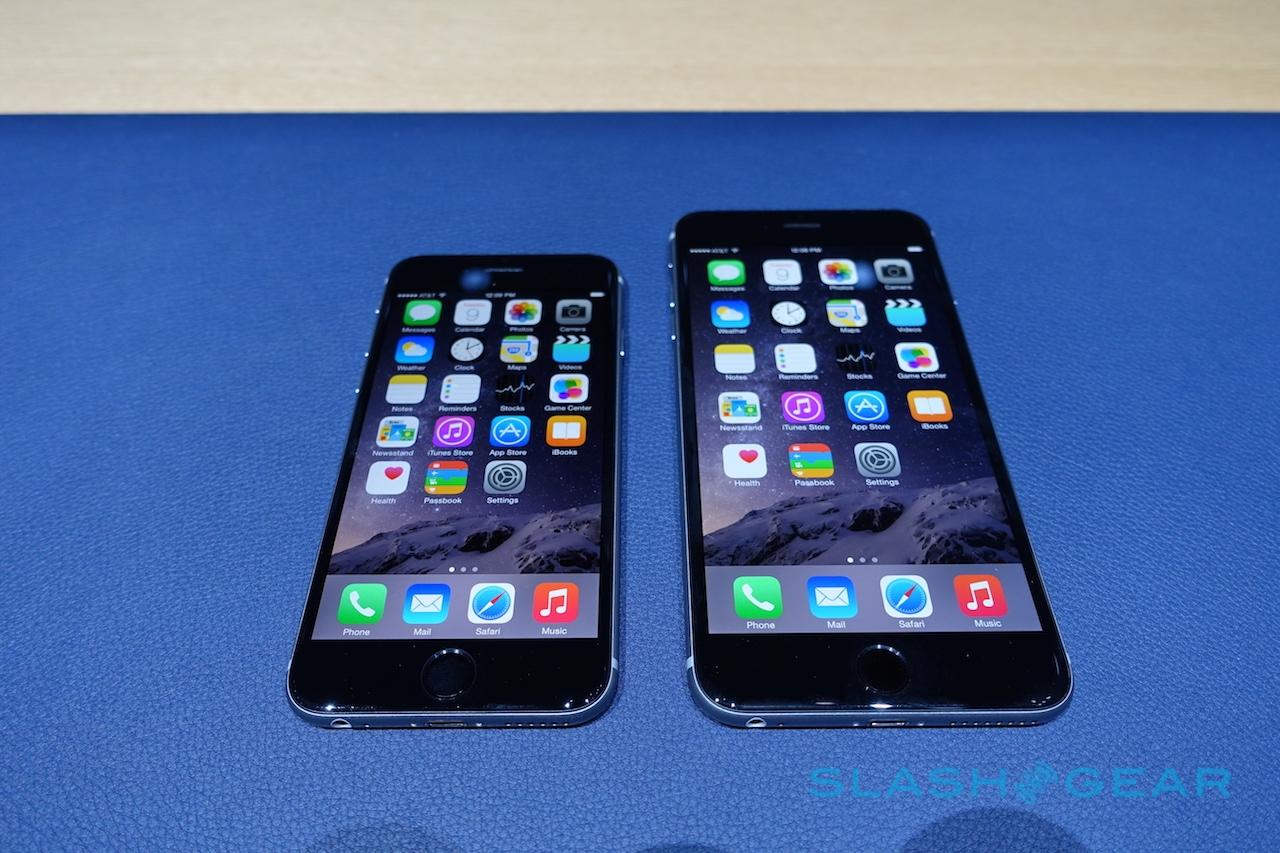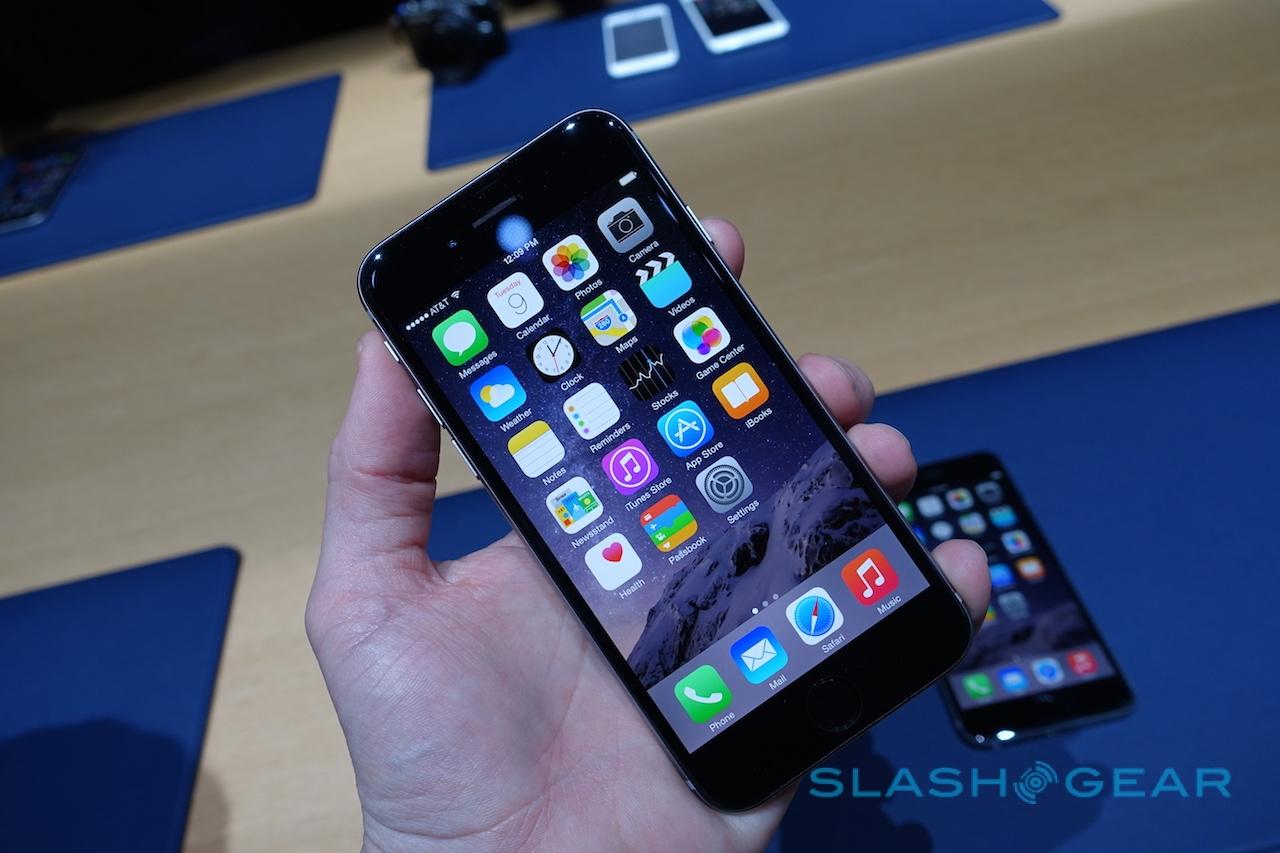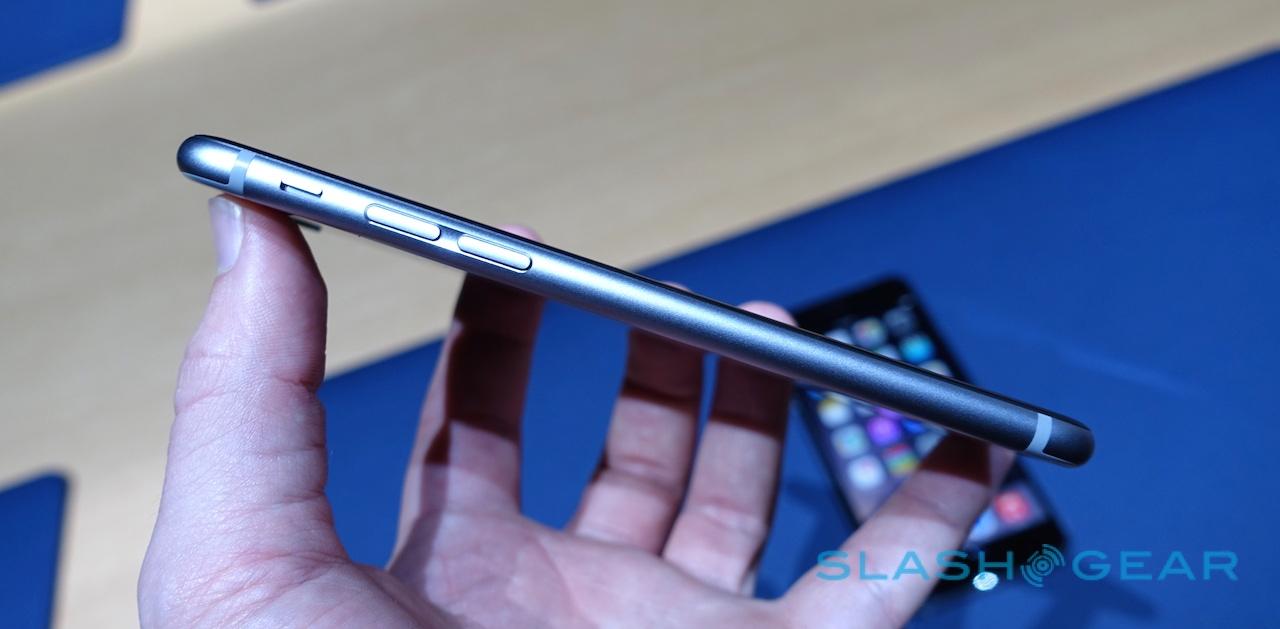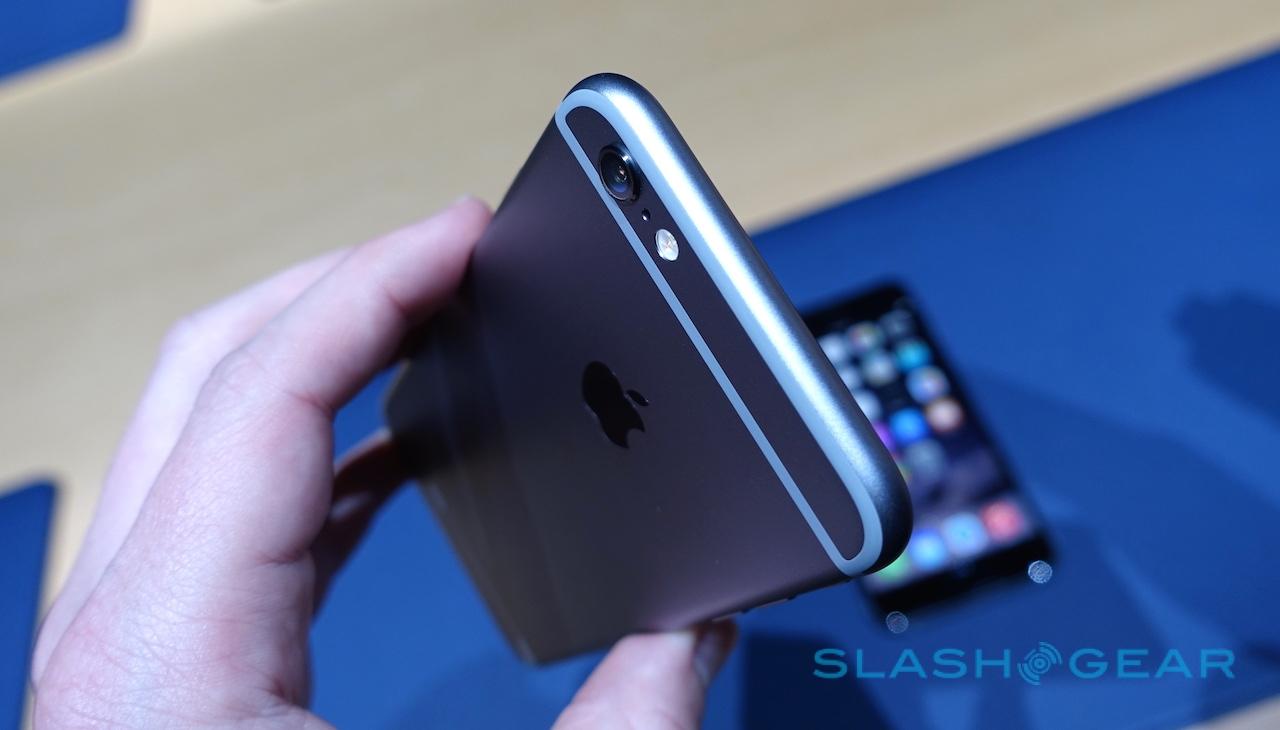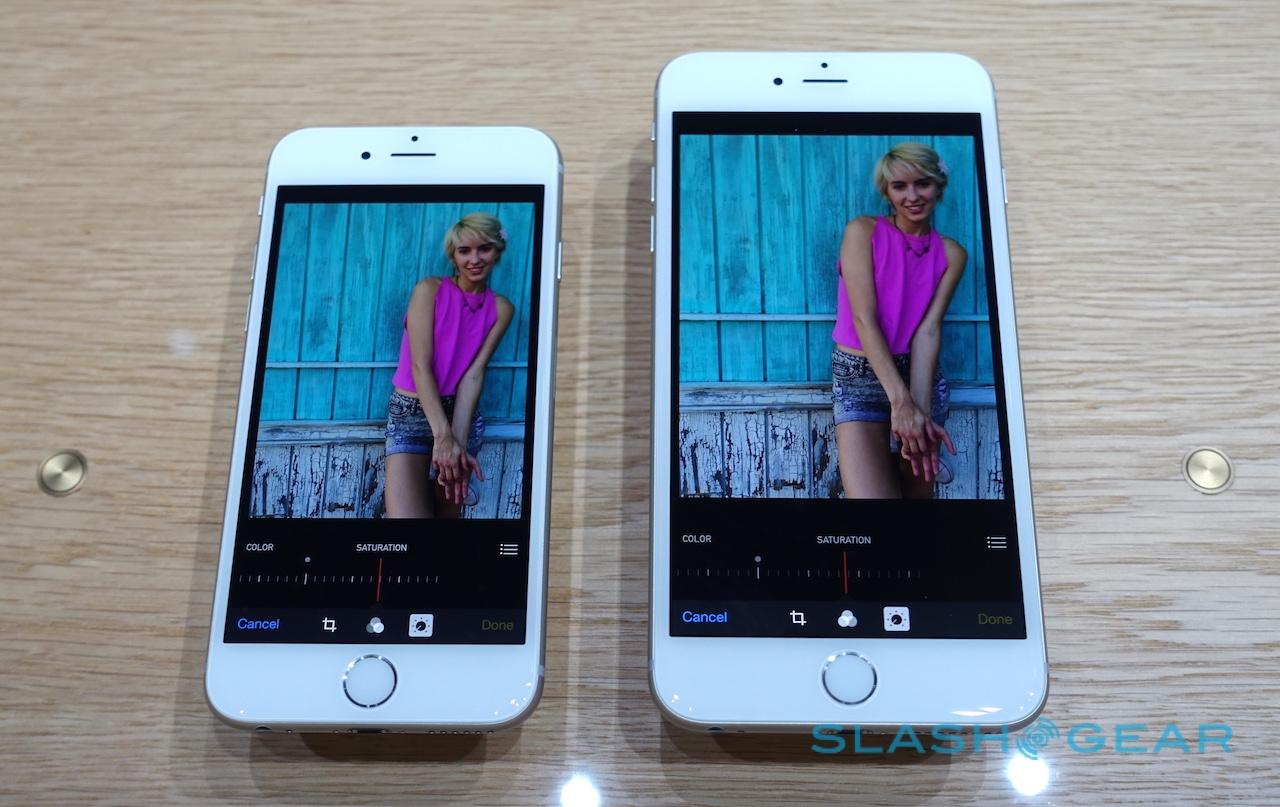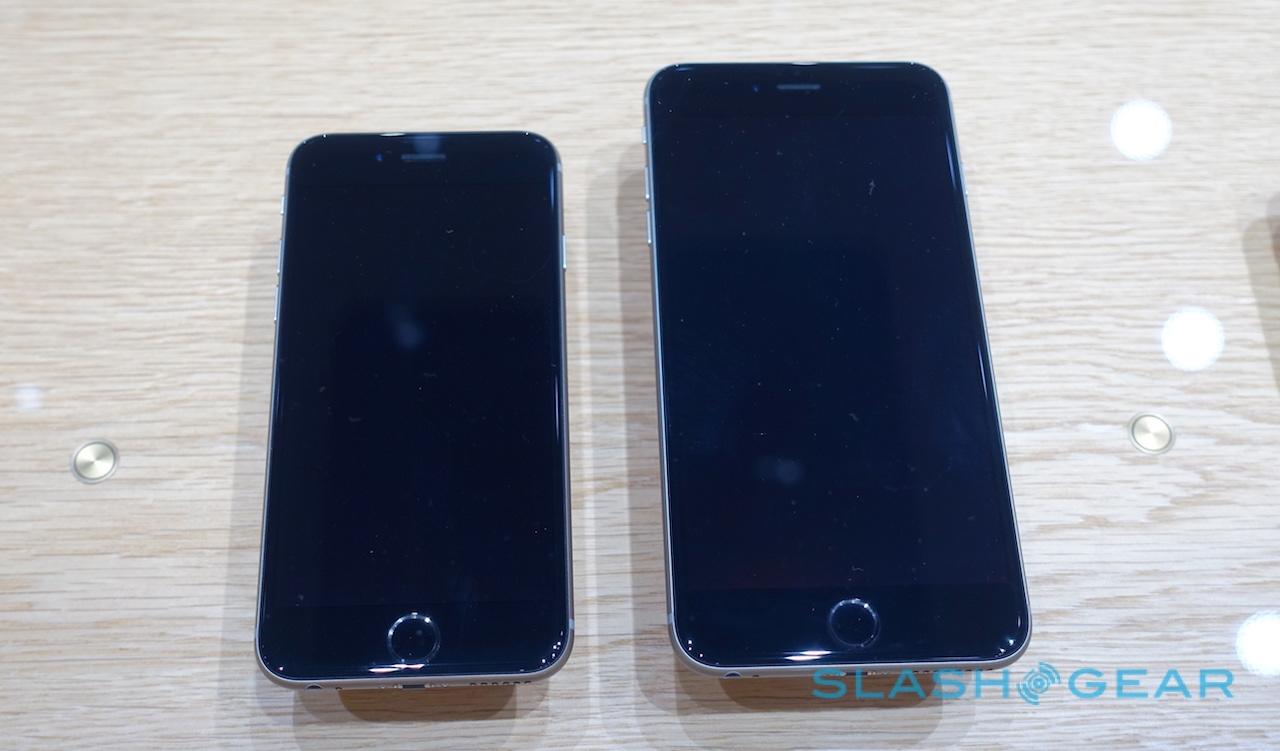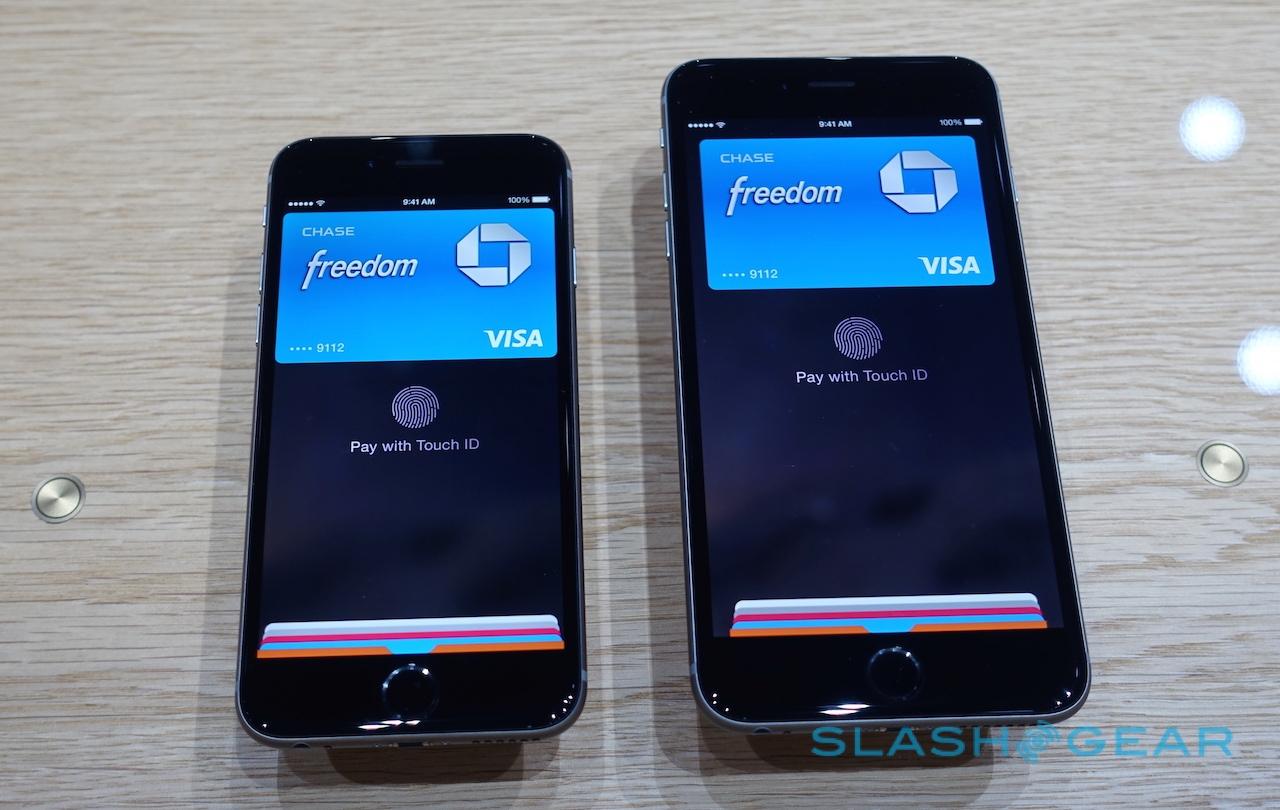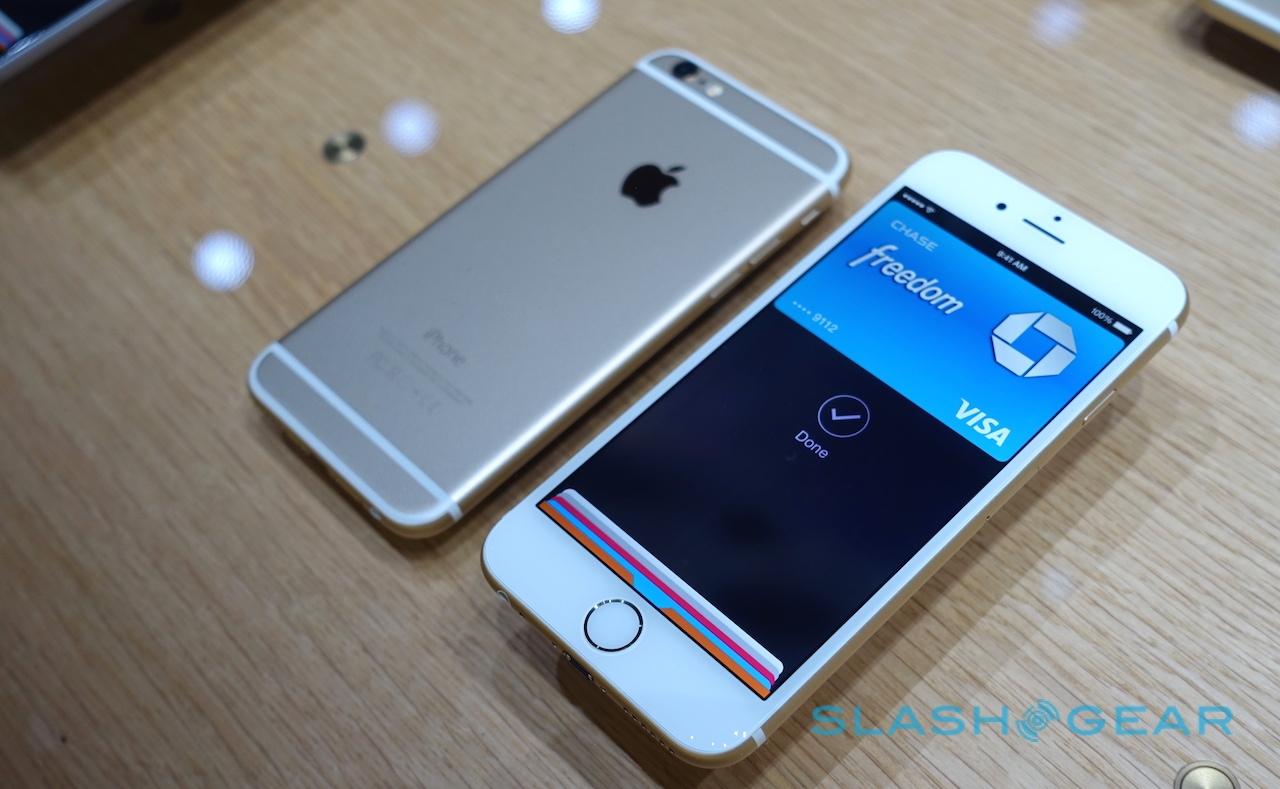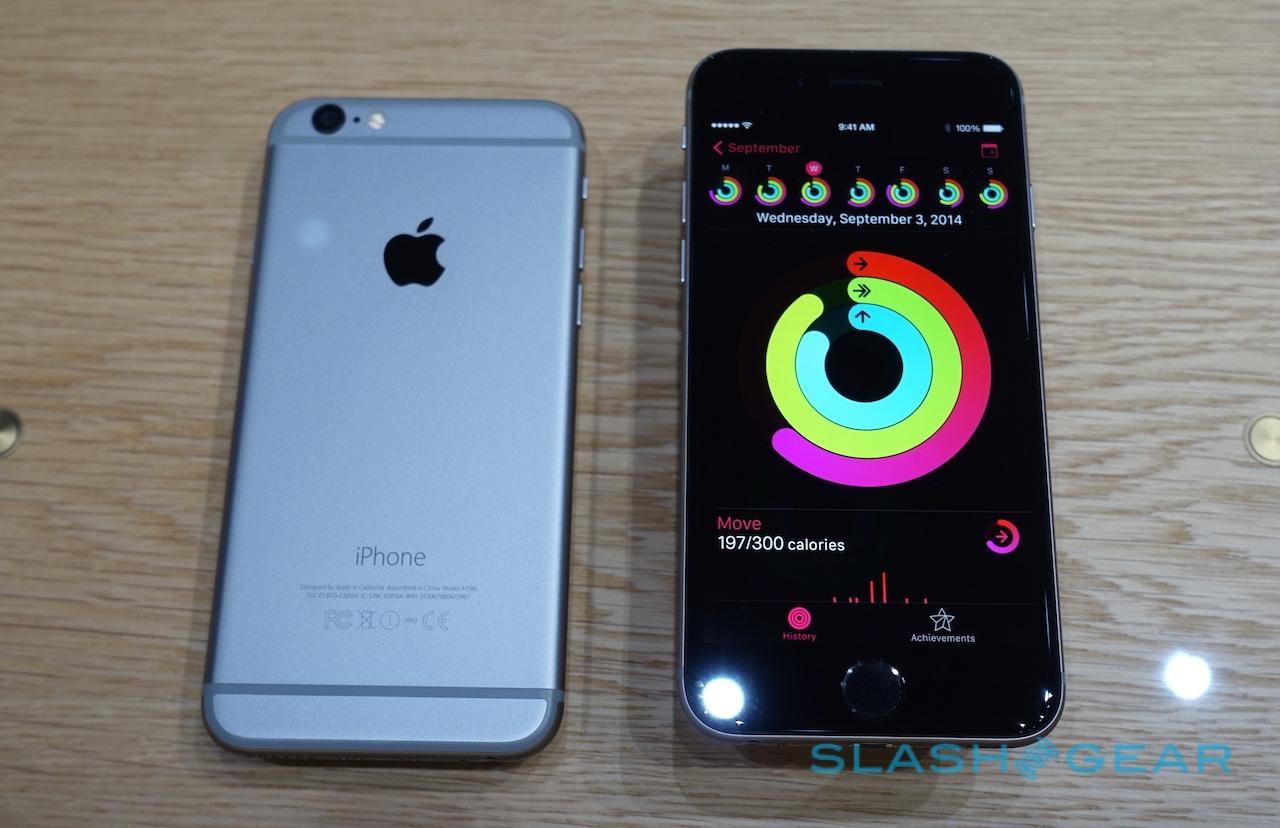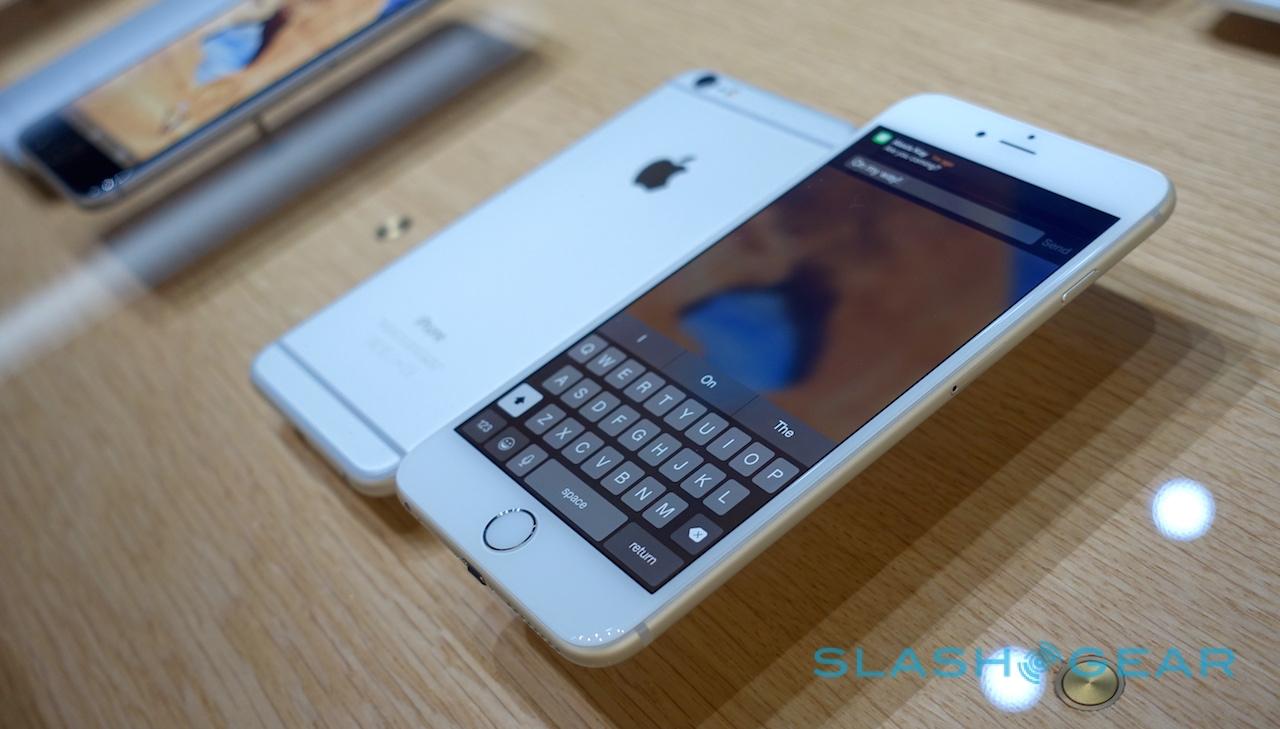iPhone 6 And iPhone 6 Plus Hands-On
It's the iPhone duo we've been expecting, the screen size increases we've been so curious about, and the iPhone 6 and iPhone 6 Plus likely to be on many wishlists this holiday season. Apple's iOS 8 smartphones are bigger, faster, and more capable than before, but have they also lost some of their charm in the process? Read on for some hands-on impressions.
First off, the leaks were right... up to a point. As is so often the case in the run up to a big product launch, the designs are commonly seen before they're meant to be, and these days Apple is no exception.
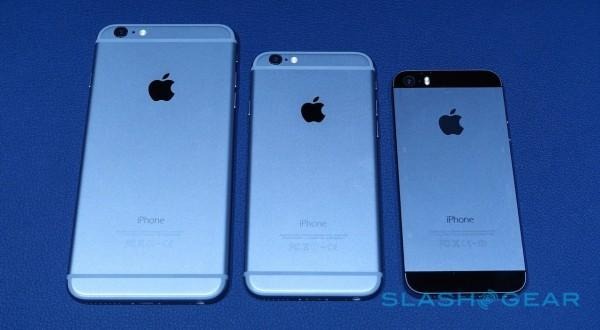
What makes a difference is how our expectations were shaped by those leaks, and how the iPhone 6 and its Plus sibling actually feel in the hand. Some were worried that the antenna bars would be too obvious, that the camera bulge would protrude too greatly, or that the phone overall would feel too cushiony with its rounded edges in the face of the crisp-sided iPhone 5s.
Happily, that's really not the case. In fact, dozens of little details leave the iPhone 6 and iPhone 6 Plus feeling like the best versions yet when you pick them up. The way the touchscreen glass curves and blends sinuously into the edges, your thumb trailing smoothly from one to the other. The crisp slices of the partially-recessed side buttons.
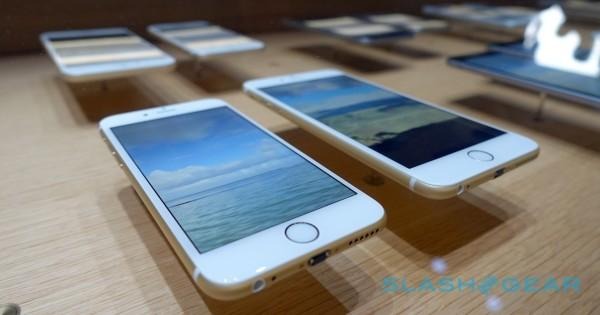
Yes, the camera sticks out a little – in return, on the iPhone 6 Plus at least, you get optical image stabilization for the camera – but it's a minor bump. Aesthetically, I prefer the way the antenna lines look on the darker versions of the phone, but they're certainly not the design deal-breakers many presumed them to be.
Turning it on, and you're faced with a screen that's clearly a step above previous iPhone panels, even with Retina display technology. Inkier blacks and wider viewing angles; it's a cliche, these days, to say that a phone's panel looks like its been printed on, store-dummy style, but it's nonetheless a fitting description for the iPhone 6.
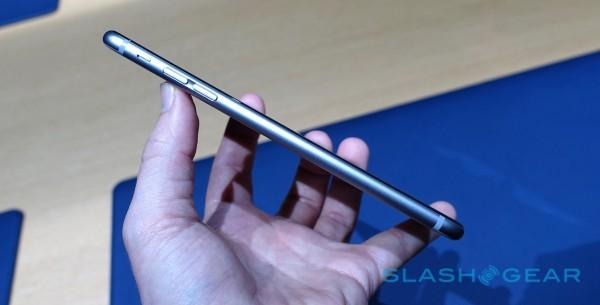
It's responsive, too, though I only had the chance to scratch the surface of iOS 8. Still, maps shift around and render swiftly, and I was able to briefly play a couple of games with no lag or stuttering. The full capabilities of the Apple A8 chip will have to wait until we have a device in-hand, but I've no pre-emptive concerns out of the gate.
On the back, Apple has further opted out of the megapixel race, instead throwing in phase-detection style autofocus. Again, I wasn't able to extract any of the sample shots I took from the handsets themselves, but the focus lock was certainly swift, more so than the iPhone 5s I compared them with. [Updated to clarify pixel size stays the same, at 1.5u]
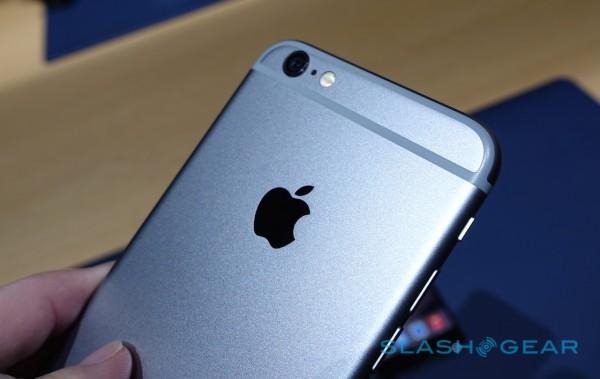
Apple's upgrade/replace cycle has certainly produced some impressive smartphones, but the iPhone 6 and iPhone 6 Plus are arguably the best yet. Purists may decry the bigger screens, but even after a few minutes features like double-tapping the home button on the iPhone 6 Plus to shift down the upper half of the screen so it was within thumb-reach became near-automatic (unfortunately you can't swipe up with a thumb to shift it back into place, instead having to tap the button again).
It's simple, but it's so convenient I wonder why other phablets haven't done it first. Similarly, moving the power button down to the side makes a lot of sense.
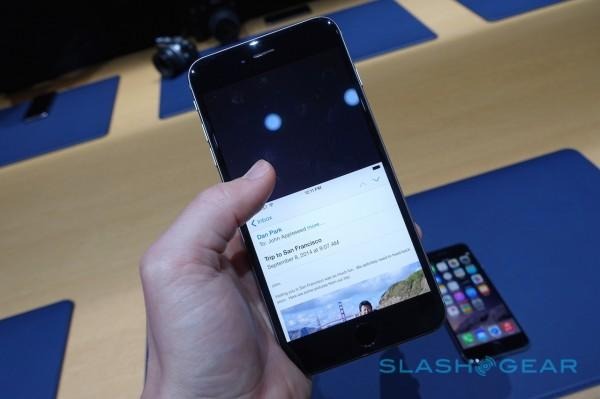
So, the changes have been considerable, but I've a feeling the Apple-faithful will embrace the new iPhone 6, certainly, and even find room to accommodate the iPhone 6 Plus in their pockets. We'll know more when review units drop on the desk, however.
[NB: In the video I accidentally say 5-megapixels, not 8-megapixels, for the iPhone 6's camera]

